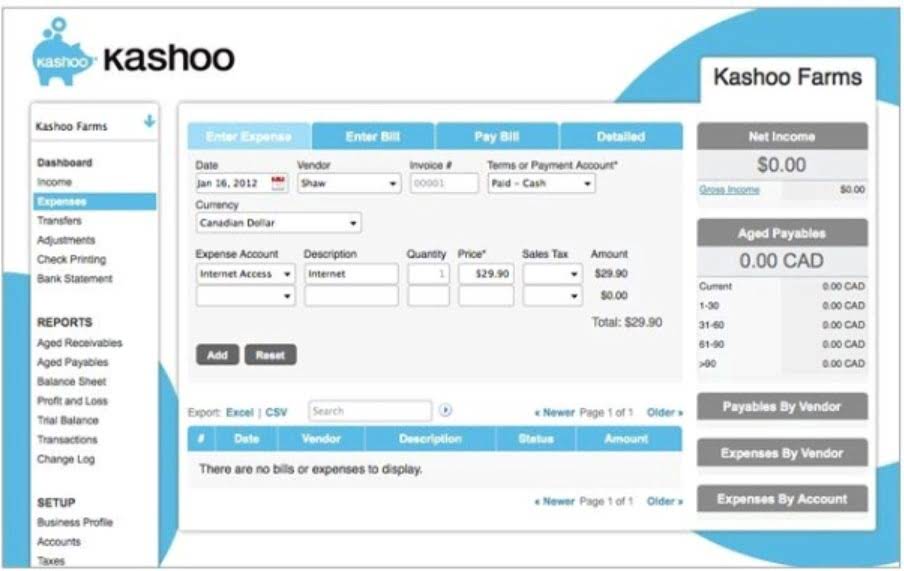
Payback focuses on cash flows and looks at the cumulative cash flow of the investment up to the point at which the original investment has been recouped from the investment cash flows. The discounted payback period determines the payback period using the time value of money. Payback period doesn’t take into consideration the time value of money and therefore may not present the true picture when it comes to evaluating cash flows of a project. One of the most important capital budgeting techniques businesses can practice is known as the payback period method or payback analysis. The Payback Period shows how long it takes for a business to recoup an investment. This type of analysis allows firms to compare alternative investment opportunities and decide on a project that returns its investment in the shortest time if that criteria is important to them.

Furthermore, the payback analysis fails to consider inflows of cash that occur beyond the payback period, thus failing to compare the overall profitability of one project as compared to another. Since many capital investments provide investment returns over a period of many years, this can be an important consideration. The payback period is calculated in two ways – Averaging and Subtracting. In the Averaging method, the payback period formula is the annual cash a product or project is estimated to generate divided by the initial expenditure. In the subtraction method, the payback period formula is annual cash inflow subtracted by initial cash outflow. One of the disadvantages of this type of analysis is that although it shows the length of time it takes for a return on investment, it doesn’t show the specific profitability.
What’s the Minimum Amount Required to Trade Boom…
Referring to our example, cash flows continue beyond period 3, but they are not relevant in accordance with the decision rule in the payback method. Calculating payback periods is especially important for startup companies with limited capital that want to be sure they can recoup their money without going out of business. Companies also use the payback period to select between different investment opportunities or to help them understand the risk-reward ratio of a given investment.
- Unlike the regular payback period, the discounted payback period metric considers this depreciation of your money.
- Using automated investing, you can choose from groups of pre-selected stocks.
- If we divide $1 million by $250,000, we arrive at a payback period of four years for this investment.
- Whereas, in the discounted payback period, a discount rate is applied to the annual cash inflows to reflect the time value of money.
- Next, the “Unrecovered Amount” represents the negative balance in the year preceding the year in which the cumulative net cash flow of the company exceeds zero.
- Let’s say Jimmy does buy the machine for $720,000 with net cash flow expected at $120,000 per year.
- Calculating the payback period is also useful in financial forecasting, where you can use the net cash flow formula to determine how quickly you can recoup your initial investment.
If the cumulative cash flow drops to a negative value some time after it has reached a positive value, thereby changing the payback period, this formula can’t be applied. This formula ignores values that arise after the payback period has been reached. Financial analysts will perform financial modeling and IRR analysis to compare the attractiveness of different projects. By forecasting free cash flows into the future, it is then possible to use the XIRR function in Excel to determine what discount rate sets the Net Present Value of the project to zero (the definition of IRR). Any particular project or investment can have a short or long payback period. As the equation above shows, the payback period calculation is a simple one.
A Refresher on Payback Method
Perhaps you’re torn between two investments and want to know which one can be recouped faster? Maybe you’d like to purchase a new building, but you’re unsure if the savings will be worth the investment. Calculating the payback period for the potential investment is essential.
✝ To check the rates and terms you qualify for, SoFi conducts a soft credit pull that will not affect your credit score. You are now leaving the SoFi website and entering a third-party website. SoFi has no control over the content, products or services offered nor the security or privacy of information transmitted to others via their website. We recommend that you review the privacy policy of the site you are entering.
How to Calculate Payback Period (Step-by-Step)
It is predicted that the machine will generate $120,000 in net cash flow every year. Next, the “Unrecovered Amount” represents the negative balance in the year preceding the year in which the cumulative net cash flow of the company exceeds zero. If earnings will continue to increase, a longer payback period might be acceptable. If earnings might decrease after a certain number of years, the investment may not be a good idea even if it breaks even quickly. On the other hand, an investment with a short lifespan could need replacement shortly after its payback period, making it a potentially poor investment.
- However, there are additional considerations that should be taken into account when performing the capital budgeting process.
- The net present value of the NPV method is one of the common processes of calculating the payback period, which calculates the future earnings at the present value.
- SoFi does not guarantee or endorse the products, information or recommendations provided in any third party website.
- One way corporate financial analysts do this is with the payback period.
Generally, a long payback period is determined by your own comfort level – as long as you are paying off one investment, you’ll be less able to invest in newer, promising opportunities. Payback period is a quick and easy way to assess investment simple payback period opportunities and risk, but instead of a break-even analysis’s units, payback period is expressed in years. The shorter the payback period, the more attractive the investment would be, because this means it would take less time to break even.
Input the known values (year, cash flows, and discount rate) in their respective cells. Use Excel’s present value formula to calculate the present value of cash flows. When calculating break-even in business, businesses use several types of payback periods. The net present value of the NPV method is one of the common processes of calculating the payback period, which calculates the future earnings at the present value. The discounted payback period is commonly utilized in capital budgeting procedures to assess the profitability of a project. A discounted payback period’s net present value aspect does not exist in a payback period in which the gross inflow of future cash flow is not discounted.